Weed Control in an Organic Garden
Weeds: The ever-constant bane of the gardener.
Ralph Waldo Emerson said a weed is “a plant whose virtues have never been discovered.” I appreciate the sentiment as someone who supports natural living, foraging, and permaculture in general, but when you are being overrun and your flowers are being choked out, you’re thinking of eradication, not poetic romanticism.
Living in farm country, we have a lot of weeds, some of which I greatly enjoy - when not in my beds. Some are edible, medicinal, or just beautiful to look at. We have the occasional passion flower, the harmless clover, the aggressive henbit, and probably several hundred more I could list off the top of my head that I have had personal experience with, but none do I loathe more than Bermuda grass.

If you have never dealt with Bermuda grass, the only thing I can compare it to is bamboo. Like bamboo, it grows fast and spreads rapidly. Once planted, you may never be rid of it. It spreads via its root system, but can also spread easily by seed.
Any bit you leave behind is sure to take off again for you to fight another day. It will choke out other grasses and weeds, which makes for a lovely lawn, but an awful foe for any plant you want to keep.
Too often, I have seen it climb up my plants trying to save itself. I have seen it escape the weed-eater via cracks in the driveway and grow for multiple feet looking for a place to set down roots. Suffice it to say, I have dealt with my share of weeds and have found several methods that have worked well for me.
Organic solutions for an organic garden
First, I will say that we do not use herbicides. In the past we have attempted a strong vinegar mix, sometimes with salt, sometimes with a little Dawn dish soap (you can find varying recipes of mostly the same ingredients online), but honestly, they didn’t work well for us. Plus I’m not a big fan of putting lots of salt into the earth. It doesn’t kill the Bermuda grass, but it might make it harder for something else to live down the line. Also, boiling water doesn’t work for us, due to the size of the area we would have to treat.
What does work for us is a multi-pronged approach, consisting of using barriers, smothering, and good old-fashioned mechanical removal (hand-pulling).

When setting up a new bed, I can not stress enough the benefit of including a good barrier edging. This can come in many forms. I find personally that the best barrier is at least 6-inches wide, at least 3 to 4-inches tall while also being dug in a minimum of 4 to 6 inches. A sidewalk is an excellent barrier due to its width and depth, despite not being tall, so some of these can be flexible.
For our flowerbeds, we originally dug a 4 to 5-inch trench around the entire bed, which worked just fine for most weeds.
When the Bermuda grass found its way to one of our beds, the trench wasn’t quite enough, so we filled it in with concrete and set some taller rocks around the edge, mortaring them into place.

We made sure no cracks existed for grass to sneak through easily. This gives us enough time to weed-eat everything back before they can go up and across the “fence." We also use pots either in or outside of the flower beds which work as mini raised beds. It works very well for getting plants up and out of the way of most weeds and weed seeds.
Now for our food garden, we use another type of barrier which has been absolutely wonderful - our raised beds. There are many benefits to using raised beds, but my number one benefit would have to be the ability to keep most weeds out - including Bermuda grass!

Occasionally weed seeds can blow in (pokeweed!), but they are much fewer and much easier to remove due to the soil not being packed in. We can remove even a deep-rooted weed with little effort. You also have the option of putting some kind of weed or animal barrier beneath the bed, but we have not found this to be necessary in our case.
One other kind of barrier I would like to mention are rhizome barriers. If you have something in your bed that you would like to keep, but that spreads a little too freely via rhizomes (think yarrow, bergamot, or any creeping groundcover), you can keep it where you want it with help from a rhizome barrier. You can use a living barrier or something man-made.
For a living barrier, you want a preferably non-creeping plant that has a thick, somewhat deep root system that will stop the traveler from spreading any further. There are many options for this. Deep-rooted bushes are good, as well as comfrey, irises, and perennial sunflowers. There are also many herbs/vegetables that do well with this, including chives.
You can also buy a synthetic root barrier from home improvement stores or online. They are installed above ground for several inches, and below ground 12 to 36 inches, depending on your need.
For the second part of our weed control regimen, you will need either black plastic and pins (which helps solarize weed seeds) or plain, non-shiny/non-laminated cardboard and mulch (which does an excellent job of smothering). Either way works fine.
We use the black plastic for pathways through our vegetable garden so that we don’t have to weed-eat often. It is considered an organic means of deterring weeds.
As for choosing between plastic or cardboard, it depends on the aesthetic you are going for and how comfortable you are using plastic in your garden. It can and will degrade over time, but cardboard will degrade faster. Even with very thick mulch (8 to 12 inches) over layered cardboard, we still have to redo the cardboard and mulch every two to three years.
We typically only use mulch that thickly in areas that we don’t have anything growing. We layer very thickly when we are trying to build up the soil while killing off weeds. If you only use 3 inches of mulch over cardboard, you will have to replace it yearly. Obviously, it can be a lot of work to have to lay cardboard and spread mulch around every bush and plant in your bed, but it saves lots of time weeding in the hot sun throughout the summer months.
Final thoughts
If anything does pop through a crack in your cardboard or on the edge of your bed, pulling via hand or weeding tools is the quickest, easiest way to keep on top of it.
I don’t mind hand-weeding when it is minimal and most of the work has been done up-front. It’s easier at that point to wax poetic about an unloved plant in your personal space.
Hopefully this has helped you make a plan that will save you time and energy in your garden this year. My hope is that we will only grow the wildflowers we love, and I wish you all a weed-free growing season!
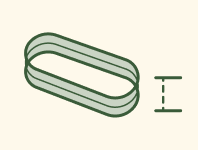
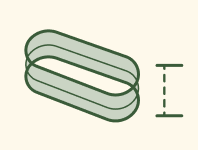
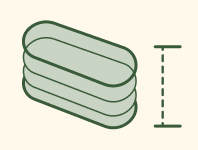
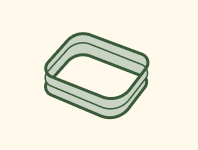
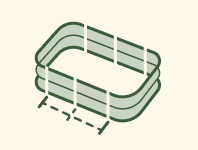
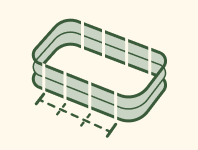
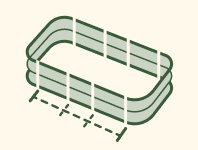
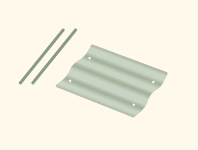
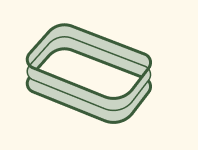
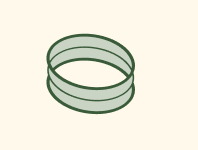


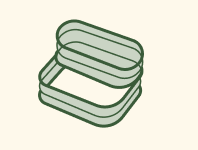


















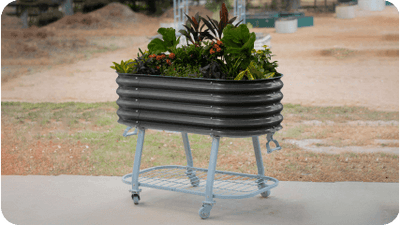








































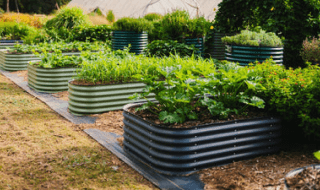
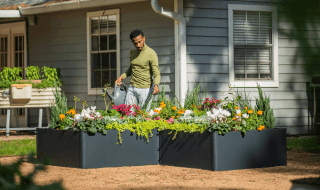
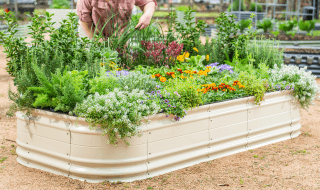
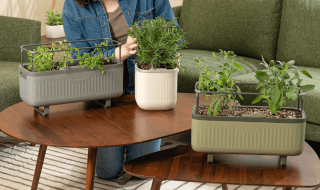
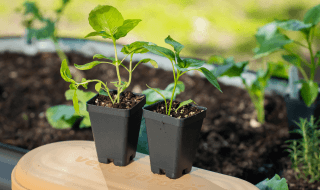
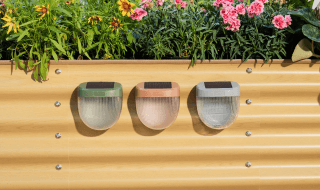
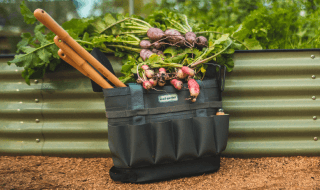
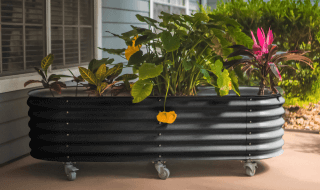







Leave a comment